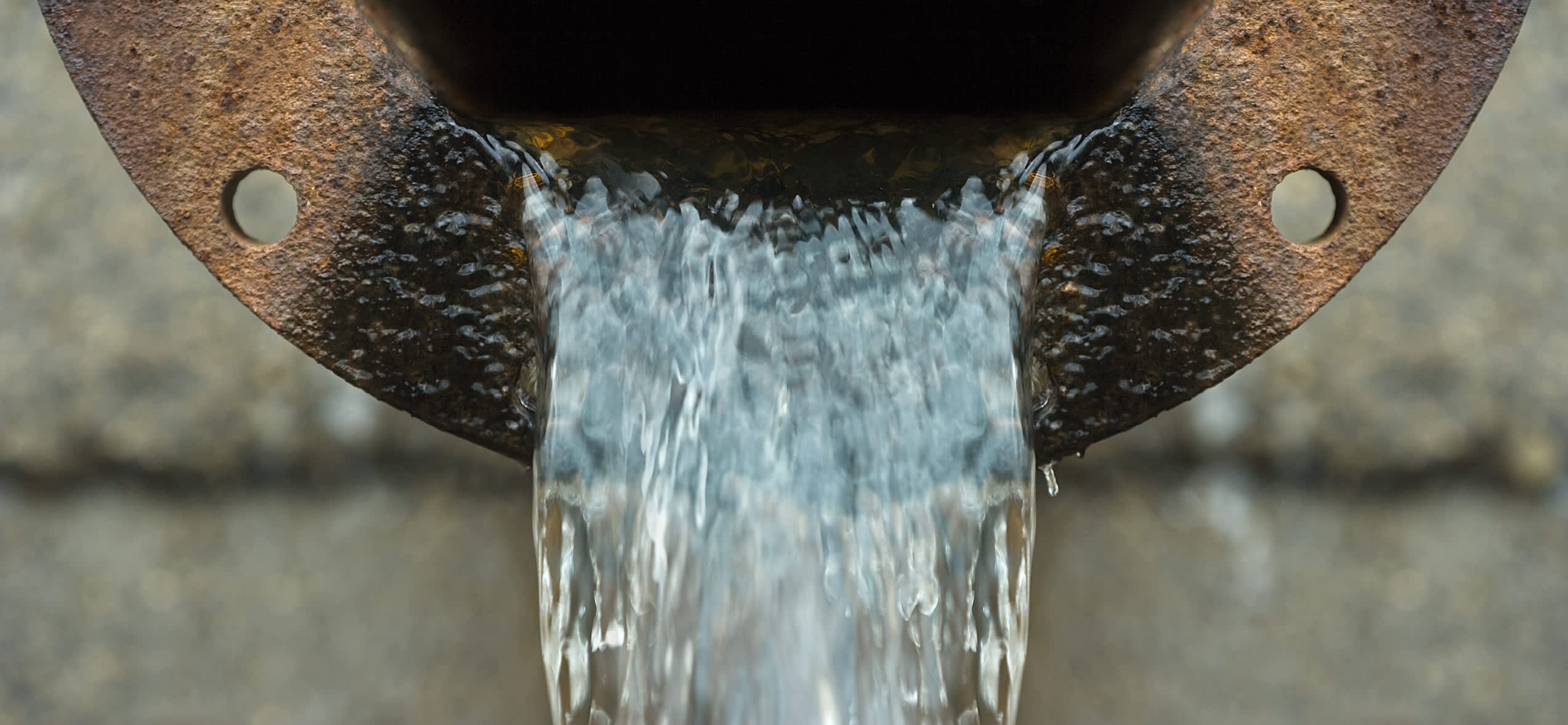Researchers in Australia are to work with utilities and investigate using wastewater in hydrogen production in a bid to boost its sustainability and maximize resources.
The project will see a team from Monash University in Melbourne work with four companies through Water Research Australia: Yarra Valley Water, Melbourne Water, Southeast Water and Water Corporation.
Described by the International Energy Agency as a “versatile energy carrier”, hydrogen has a diverse range of applications and can be deployed in sectors such as industry and transport.
It can be produced in a number of ways. One method includes using electrolysis, with an electric current splitting water into oxygen and hydrogen. If the electricity used in this process comes from a renewable source, such as wind or solar, then some call it “green” or “renewable” hydrogen.
In an announcement dated Monday – Monash University released the same statement last week – Water Research Australia said the project would aim to “address the challenge of water scarcity in the process of hydrogen production.”
This would be done through “developing an innovative approach which repurposes used water as the feed for hydrogen production via water electrolysis.”
Among those commenting on the project was Xiwang Zhang, a chemical engineering professor at Monash University.
“The amount of wastewater currently available for use is far more than the amount of water required in water electrolysis for hydrogen production,” he said.
Most treated water in Australia was, he explained, either being “discharged to surrounding water bodies or recycled for irrigation after being treated in centralised municipal wastewater treatment plants.”
“Given that the volume of the treated water from these plants is highly consistent, it is a promising water source for water electrolysis,” he said.
The idea of using waste to produce hydrogen is not unique to the project in Australia.
In March, for example, Coventry University said its researchers were working with water firm Severn Trent and the Organics Group on a project to “turn sewage waste into a clean fuel for tankers and other vehicles.”
“Severn Trent currently destroys the waste ammonia present in sewage due to its toxic properties but this programme of work could see it captured and converted into hydrogen,” the U.K.-based university said.
Currently, the vast majority of hydrogen generation is based on fossil fuels, and green hydrogen is expensive to produce. Australia’s government says it wants to grow its hydrogen industry and produce “clean” hydrogen at under 2 Australian dollars ($1.45) per kilogram.
Earlier this month, U.K. oil and gas giant BP said “the production of green hydrogen and green ammonia using renewable energy” was now technically feasible at scale in Australia.
The energy major’s conclusion was based on the findings of a feasibility study announced in May 2020 and supported by the Australian Renewable Energy Agency, solar developer Lightsource bp and professional services firm GHD Advisory.
In a statement, BP described the vast state of Western Australia as being “an ideal place” for the development of “large scale renewable energy assets that can in turn produce green hydrogen and/or green ammonia for domestic and export markets.”
